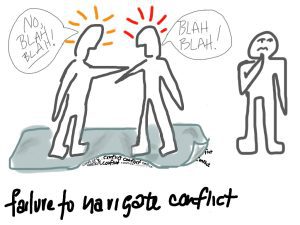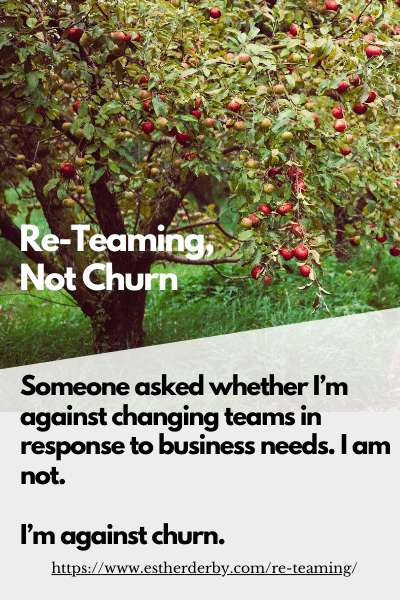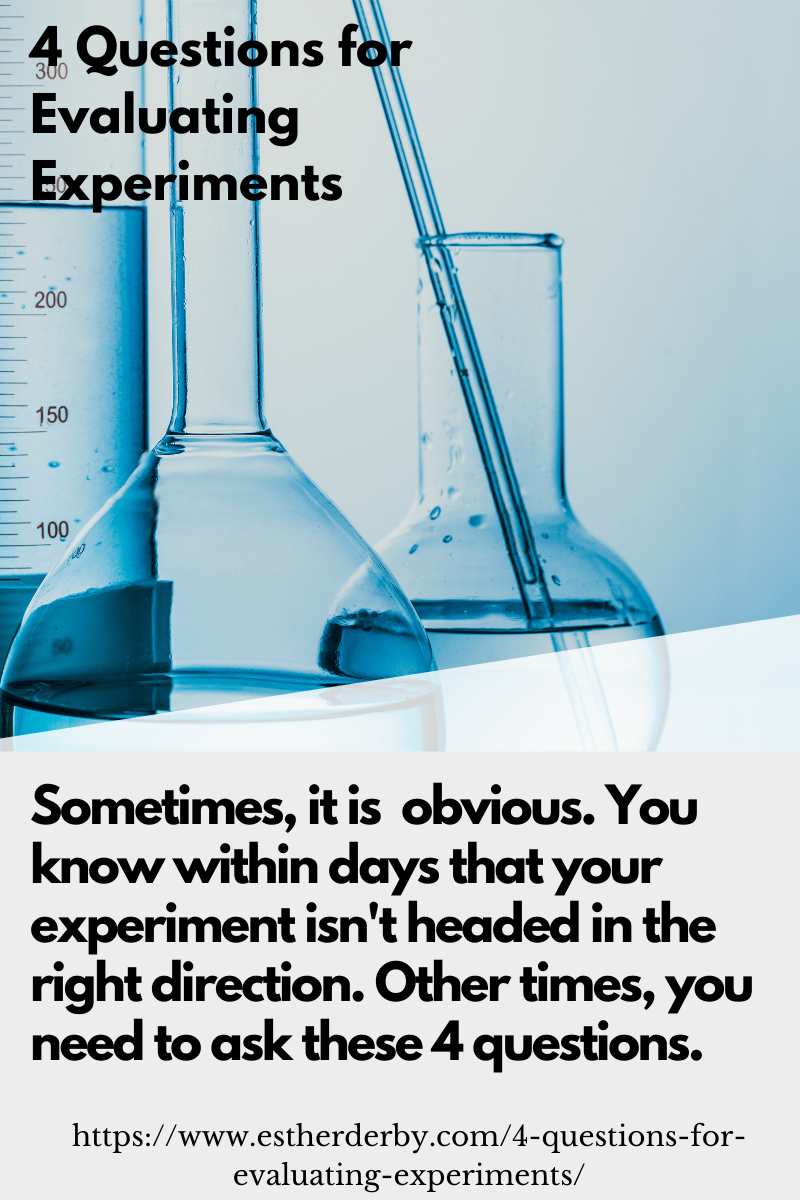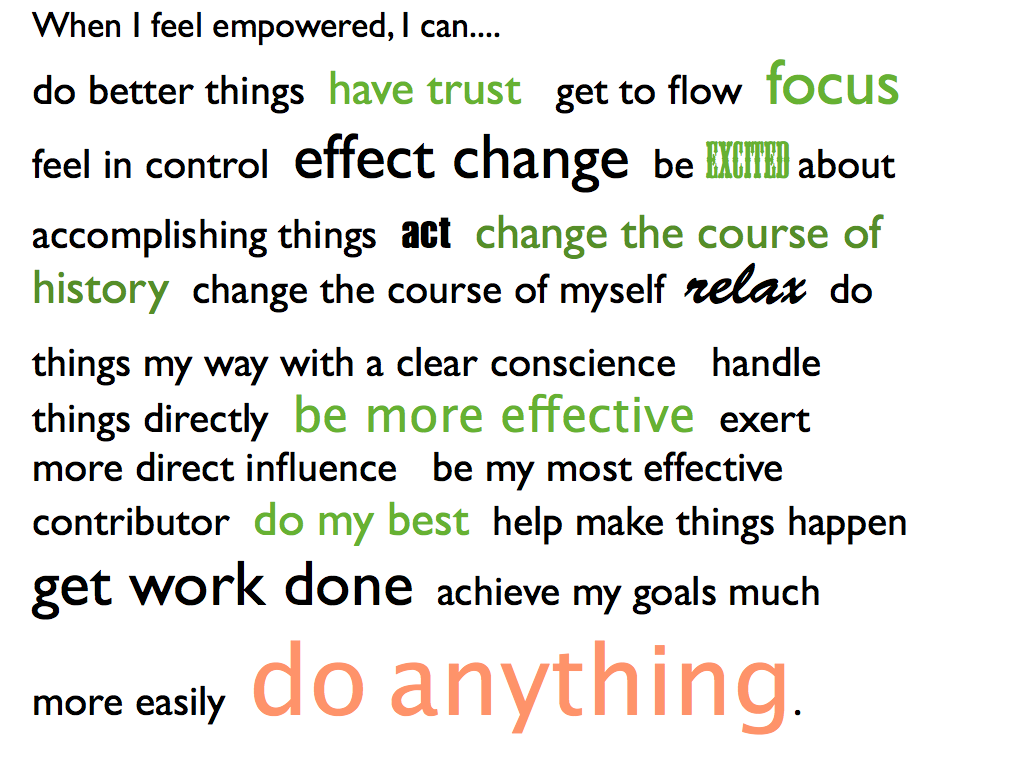Conflict is inevitable at work. Sooner or later, people will disagree. Might be about what to test or how to implement a feature. Team members may disagree about what “done” means, or whether “always” means 100 per cent of the time or some thing else. If team members can’t muster the involvement for a disagreement, you’ve got problem. But if they disagree but fail to navigate the conflict, you’ve got a problem, too.
“The absence of conflict is not harmony, it’s apathy .”
Eisenhardt, Kahwajy and Bourgeois
“(….or acquiescing, or avoiding).” Esther Derby
Conflict holds the possibility for building trust or tearing it down. How team members choose to approach conflict will affect the outcome, relationships, and ultimately the ability of the team to function.
Conflict often feels personal–but often it is not.
Structural Conflict
Systems and structures drive behavior, and in almost every organization structures create conflict. Misaligned departmental goals, reward systems, emphasis on functional roles , and differing priorities can all engender conflict
Often people don’t recognize the structural source of the conflict. When the structure behind the conflict isn’t visible people personalize the conflict. I hear this when developers talk about how stupid the marketing people are or when testers complain that devs don’t really care about quality.
✔️ Before you pin it on the person, consider they may have different–yet entirely legitimate–goals.
Communication Misfires and Mismatches
Once structure is ruled out, the most common source of conflict in groups stems from communications where language is misunderstood, mis-construed or data is missing. These sorts of conflicts are usually easy to fix.
Many English words have precise meanings. But, there are plenty of common terms where definitions vary between professions or among people. When I worked in a mutual funds company the term share price was used to refer to the monetary value of an individual investment vehicle (a share of stock), and the monetary value of a share in a mutual fund. If you didn’t know which area a person worked in, it was pretty confusing. Confusion can escalate to conflict when people don’t recognize that they are using one word with two (or more) definitions.
✔️ Check out definitions–but don’t get into an argument over which is correct. The point it to be aware of how people are using a term.
Entrenched Positions
Advocacy isn’t bad in and of itself. But when advocacy proceeds without inquiry, it can become a position conflict. Position conflicts are often easy to recognize. Each person (or party) argues forcefully for a preferred solution without reference to the problem they are trying to solve.
When neither party is willing to explore the other option, examine assumptions, and generate additional candidate solutions, advocacy turns into conflict. Once people frame advocacy as win-lose, it’s hard to back down. Doing so might look weak, feel like giving in, or imply that one was*wrong.* Most people will go to great lengths to avoid admitting they were wrong, especially when eating crow is part of the bargain. Backing down from a strongly held position can feel like eating crow, especially when the other person crows over his victory.
At a recent workshop, a participant asked “Why wouldn’t you start by advocating your own idea?” It’s an understandable question; in the US we grow up on in a system where the best argument (or at least the loudest one) wins, where competition is valued and zero-sum game thinking is the often the norm.
The first reason not to advocate is that when you advocate, you are not learning. You’re defending and pressing your idea, not examining the problem and seeing different points of view. You aren’t learning about another possible solution or seeing improvements for your own.
✔️ Listen first, and be willing to look at pros AND cons of your own idea, as well as, others’ ideas.
Different Values
Arguing points of view and potential solutions is one thing; some times a conflict goes deeper and touches basic beliefs about what is valuable, true, and good.
This sort of conflict can look like a position focus conflict. The difference is that each proposed solution seems as if it could solve the issue or be a reasonable approach. But either or both may leave out key elements of what the other party describes as “reality.”
Very often people do have shared values, but prioritize them differently.
✔️ Look for shared values, and see if there’s a way to meet those.
Different Preferences and Styles
Differences in how people process information, make rational judgements, and plan their day can provide the fuel for conflicts. So can differences in boundaries, social needs and styles, times-sense and ideas about ownership.
We find other people difficult when they don’t meet our expectations of “appropriate” behavior. The trouble is that each of us has a different definition of “appropriate.” Family of origin, regional differences, and national cultures all contribute.To further complicate matters, some areas of mismatched expectations are easy to see and comment on, but others aren’t.
✔️ Get curious about differences, and consider what benefits can come from them.
All Roads (May) Lead to Personality Conflict
Some times conflict does get personal–usually when a string of smaller unresolved conflicts fester.
From the outside it may look like two people plain don’t like each other. At it’s worst, it looks like the warring parties are out to destroy each other, no matter what the personal cost to career prospects or the productivity of the team.
It starts with one interaction that goes off track, an irritation that’s not addressed, or an action that’s interpreted as a slight or attack. When these situations aren’t checked an corrected, one person starts making up stories, stories about himself, and the other person.
The story he tells about himself portrays him as someone whose motives are pure, and bears no responsibility for the situation. The other person is portrayed as the perpetrator, the one who is insensitive, crass, or down right evil.
✔️ Consider the stories you are making up about you and other person. Our thoughts are not truths, they are only thoughts.
Once you have some idea about the source of the conflict you can apply different strategies to steer back towards productive discussion. Conflict isn’t bad, and it doesn’t have to be painful or confrontational. Conflict–handled well–is an opportunity for learning, creativity, and building trust.
Updated October 2020.









Hi, Udo –
I didn’t go into various ways to unlock conflicts in this post. Your are right, mediation practices are very useful, both for BIG conflicts and small ones.
And sometimes simple things can help, like writing down the options under discussion. That puts the discussion “outside” and often makes if feel less personal and more like thoughts and ideas we can examine and explore.
Looking for the benefits behind a candidate solution can help surface assumptions, interests and values.
Discerning between interpretations and observations can also help.
Are there specific and accessible resources for ADR you can point readers to?
Thanks for stopping by and commenting.
e
Dear Esther
Thanks for your reply in which you’ve already described steps taken within a Mediation process as well.
To learn about the basics of Mediation, a good point to start is the “Harvard Program on Negotiation”: http://www.pon.harvard.edu/category/daily/mediation/
In 1981 they’ve published one of the fundamental books for Mediation, “Getting to Yes”. You can find a lot of free articles on their site, like “Mediating disputes on the job”.
The other basic idea for Mediation is “Nonviolent Communication” (NVC) by Marshal B. Rosenberg. It’s rather a mindset than a method.
You’ll find some free stuff on their website (http://www.nonviolentcommunication.com/) and a lot, lot more about it elsewhere on the web and offline. NVC needs some time to get in and continual practice to get on (but for me it really pays off :o)
If you’r looking for general information about ADR and Mediation, you’ll find lots of resources (videos, FAQs, articels and contacts) at http://www.mediate.com/
Hope that helps
Udo
Hi Esther, thank you for the post.
Last week I was in a Position Conflict situation… feelings were high and I forgot to follow my own rule: “stop speaking, or slow down at least”. (“Two ears, one mouth” works well too. “Take a break” / “Sleep on it” is even better.)
This week we’re ok.
Thanks again.
Hi, Esther
Thanks for your reply in which you’ve already described steps taken within a Mediation process as well.
To learn about the basics of Mediation, a good point to start is the “Harvard Program on Negotiation”: http://www.pon.harvard.edu/category/daily/mediation/
In 1981 they’ve published one of the fundamental books for Mediation, “Getting to Yes”. You can find a lot of free articles on their site, like “Mediating disputes on the job”.
The other basic idea for Mediation is “Nonviolent Communication” (NVC) by Marshal B. Rosenberg. It’s rather a mindset than a method.
You’ll find some free stuff on their website (http://www.nonviolentcommunication.com/) and a lot, lot more about it elsewhere on the web and offline. NVC needs some time to get in and continual practice to get on (but for me it really pays off :o)
If you’r looking for general information about ADR and Mediation, you’ll find lots of resources (videos, FAQs, articels and contacts) at http://www.mediate.com/
Hope that helps
Udo
Hi, Udo –
That’s a great list. I’m familiar with the Harvard Program on Negotiation and the NVC work. Mediate.com is new to me. Thx.
e